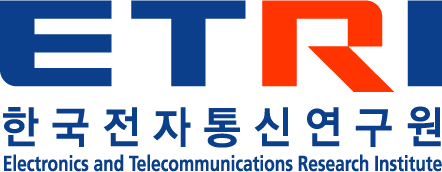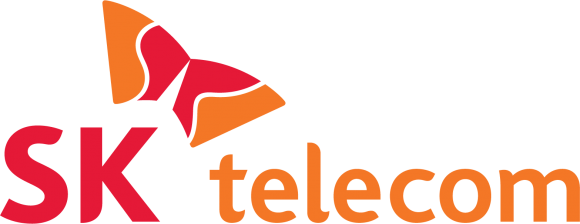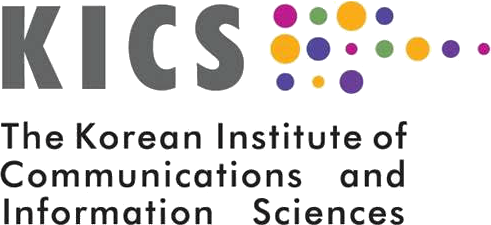Governments and policy makers have recognised the economic and societal importance of future digital services. Forecasts predict that the huge increase in consumer demand for data services driven by access to ever smarter and powerful devices is expected to continue beyond 2020. Accordingly many academic, industrial and policy initiatives have been working on the development of 5G mobile networks and the capabilities they will require to meet the future demands e.g. higher data rates, widespread connectivity, flexible service creation and low latency. 5G will be the integration of multiple networks serving diverse sectors, domains and applications, such as multimedia, virtual reality (VR) / augmented reality (AR), Machine-to-Machine (M2M) / Internet of Things (IoT), automotive, Smart City etc.
Current research efforts on 5G Radio Access Networks (RAN) strongly focus on millimeter-wave (mmWave) access for addressing a critical weakness of deployed cellular systems, i.e. the capacity to realize enhanced mobile broadband (eMBB) services, as discussed at the World Radio-communication Conference 2015 (WRC-2015). Forseeing a new market, the FCC in US also opened up in total nearly 11 GHz of spectrum above 27.5 GHz to 5G, including unlicensed spectrum at 64-71 GHz. Aside, mmWave technologies have reached a significant degree of maturity and their state-of-the-art products, operated in the 60GHz unlicensed band, are already in the market. Wireless engineers and business planners now consider how to efficiently introduce and operate mmWave in 5G and beyond, where the answers to the question depend on scenarios/use cases/services to be deployed. For example, the forthcoming 5G Phase II, taken care by the planned 3GPP Release 16, is particularly interested to a new class of services called ultra High Speed Low Latency Communications (uHSLLC) e.g. mmWave V2X. To realize such requirements, it is essential to combine mmWave with Mobile Edge Computing (MEC), a technology allocating storage and computation resources at the edge of the network to reduce latency. However, how to combine them effectively has not been fully discussed, especially for critical applications of strict latency constraints foreseen in 5G networks. Another critical issue in terms of cost is how to backhauling the mmWave smallcell networks, knowing that it is impossible to provide Gigabit Ethernet backhaul everywhere. One of the soluction is to introduce self-backhauling technique using mmWave in combination with Software Defined Network (SDN) technology to reduce OPEX/CAPEX. However, detailed discussions e.g. interference management or implementation issues should be investigated thoroughly in practice.
For 5G and beyond, mmWave and MEC will play important roles for a diverse set of applications that require both ultra-high data rate and low latency communications. The main objective of the workshop is to offer an opportunity for academic and industrial researchers to discuss on evolutional technologies and killer ecosystems for the realization of 5G Phase II, taking into account the combination of mmWave and MEC, under the support of MEC/SDN technologies. The 13th WDN-5G workshop will be a progression of the previous successful editions providing again an opportunity for information exchange. Topics of interest may include, but are not limited to the following:
- 5G heterogeneous networks and beyond
- Duplexing and simultaneous transmit and receive
- Millimeter wave communications and new-RAT
- 5G ecosystems for Phase II
- Hardware implementation and demonstration of 5G systems
- MEC architecture for 5G networks
- Cloud radio access networks (C-RAN)
- Cloud services and virtual operations integration
- Resource management in HetNet
- MANO for HetNet
- Heterogeneous network and micro-operator
- Enhanced inter-cell interference coordination techniques (eICIC)
- Self-organizing networks (SON) and reinforcement learning
- Advanced distributed spectrum sharing techniques based on blockchain
- Stochastic geometry based analysis for future HetNet
- MU-MIMO and massive MIMO at mmWave bands
- Channel estimation and hybrid beamforming techniques for massive MIMO at mmWave bands
- Smart antenna systems and dynamic cell structuring
- Enhanced channel models for beyond 5G communications
- THz communications
- Backhaul (wired, wireless, millimeter wave, etc.) and networking
- Fronthaul and functional splitting
- Context information management
- Mobility management and handoffs
- Network load balancing and smart information storage for cloud enhanced wireless communications systems
- Cognitive, cooperative, and reconfigurable networks
- Analysis of future trends for HeNet
- Regulation and standardization for cooperative HetNet
- Storage and computation capability of small cells
- Innovative caching techniques and policies
- Spectrum sharing and interference management among heterogeneous networks (e.g. between terrestrial and non-terrestrial networks)SDN/NFV for small cell networks
- C-plane architecture for future HetNet
- mmWave for A2X and V2X








